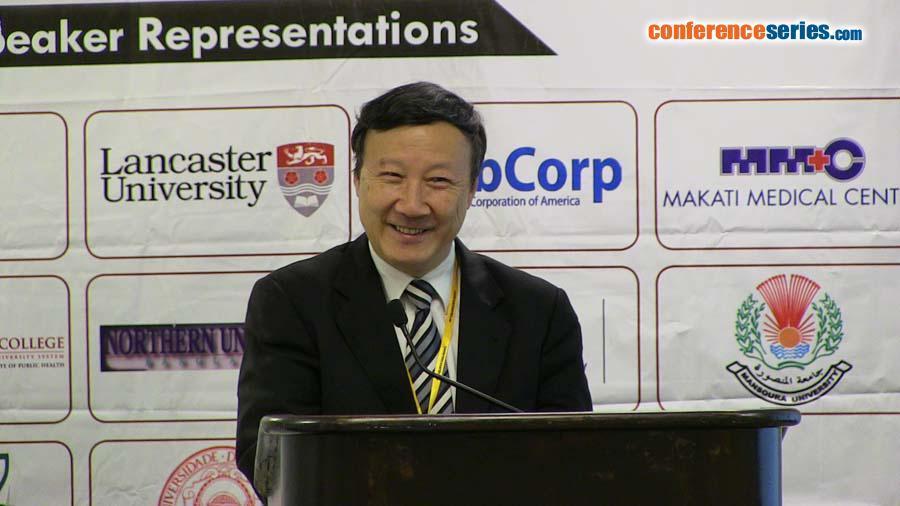
Dalin Tang
Worcester Polytechnic Institute, USA
Title: Patient-specific MRI-based active contraction and relaxation right ventricle models with different zero-load diastole and systole geometries for better stress and strain calculations
Biography
Biography: Dalin Tang
Abstract
Accurate assessment of ventricular stress and strain is critical for cardiovascular investigations. From a mechanical point of view, zero-stress ventricular geometry information is required for correct stress/strain calculations. Sarcomere shortening in active contraction leads to change of ventricular zero-stress configurations during the cardiac cycle. A new model using different zero-load geometries (diastole and systole) was introduced to provide more accurate diastolic and systolic stress/strain calculations. Cardiac magnetic resonance (CMR) data were obtained from 16 patients with repaired tetralogy of Fallot (TOF) prior to pulmonary valve replacement (8 male; mean age 34.5 years). CMR-based patient-specific computational right and left ventricular (RV and LV) models using one zero-load geometry (old model) and two zero-load geometries (no-load diastole and systole geometries, new model) were constructed and RV mechanical stress and strain were obtained for analysis. Based on the average values from the 16 patients, peak-systolic stress from the new model was 28% higher than that from the old model. Peak-systolic strain from the new model was 40% higher than that from the old model. The new model also provided end-systole and end-diastole stress and strain values that were not available from the old model. The new 2-geometry model may be able to provide more accurate ventricular stress and strain calculations by using different zero-load geometries for the diastole and systole phases, respectively. The new model may be used in patient studies to further examine its impact on risk stratification and planning surgical interventions.



